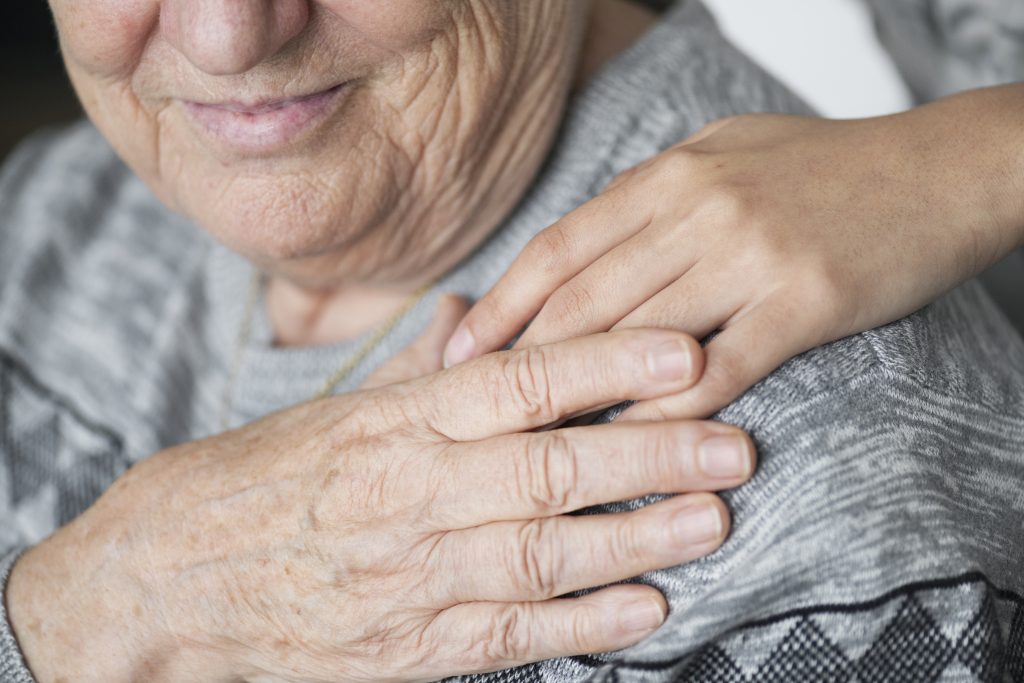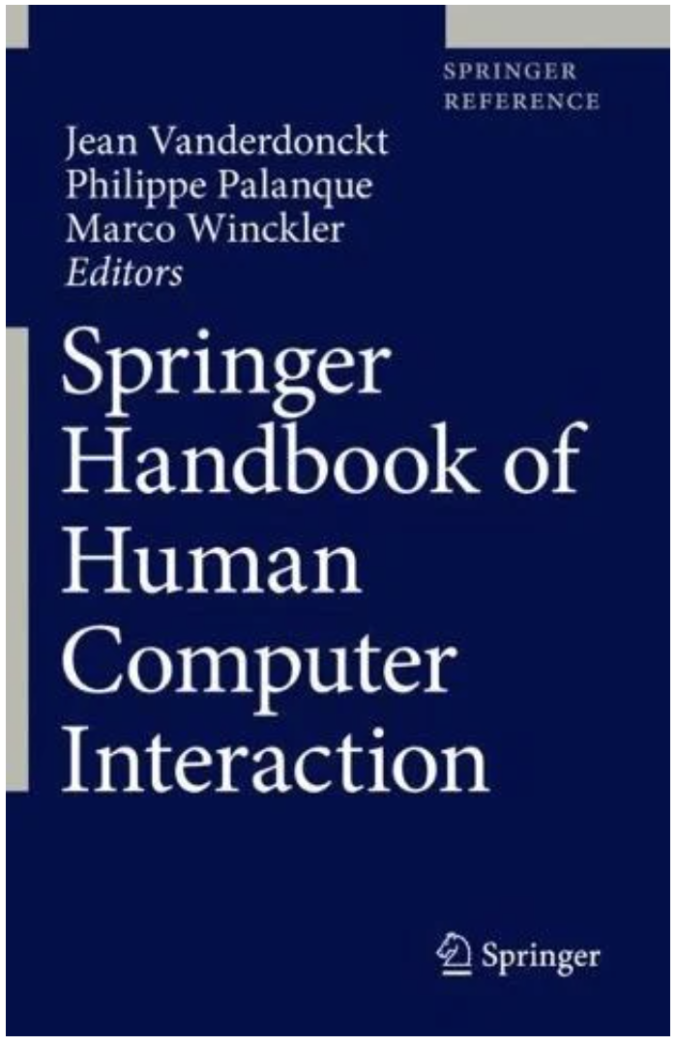75% of companies in EU should use AI, big data, or the cloud by 2030. It is one of the targets that the European Commission has declared with their Digital Decade policy programme (European Commission 2023). While a lot of research has been and is currently performed to study AI and work, there is a noticeable gap in the research on the effects of AI and automation on working environment and conditions (Cajander et al. 2022). Our work in the TARA and AROA projects aim to continue to bridge this gap but we are not the only one who currently work to do so. This blog post will act as HTO coverage1 of one such initiative.
Last week, I attended the conference Led by Machines in Stockholm. The conference was the launch of a new international research initiative to study how algorithmic management affect the nature of work and workers experiences. The main focus of the conference were a set of keynotes and panels that covered the need for research on the topic and previous work that had already been done. But, my main takeaway was that it highlighted the different perspectives in play in this domain. The conference brought together trade unionists, policymakers and researchers from different fields which led to that the implications were discussed from macro, meso, as well as micro-perspectives. Coming from human-computer interaction and user centred design, I am used to study the micro-level of how individuals use and are affected by the use of technologies. In contrast to this, most of those I spoke to at the conference worked at the macro-level; e.g. a political science researcher that discussed how policy and regulation around technology is decided on and an economics researcher that studied the impact of AI on changes in the labour market. Others worked with topics at a meso-level; e.g. a trade unionist discussed the effects on social relations and the role of middle management in organisations. The swift adoption of new technology that we stand before can have unforeseen consequence across these different levels. As such, it is great that researchers and other stakeholders interested in questions and problems at different levels can come together and work toward gaining a better understanding of the knowledge gap together.
1) The Swedish word “omvärldsbevakning” (lit. “monitoring of the surrounding world”) is often translated to environmental scanning or business intelligence. Both alternative translations comes with different connotations and implications that does not align clearly with research in general or the topic at hand. In the case that this becomes a returning series of blog posts, I instead refer to it as HTO coverage as it will provide coverage of topics related to Human, Technology, and Organisation that occur outside of our research group.
References:
Cajander, Å., Sandblad, B., Magdalena, S., & Elena, R. (2022). Artificial intelligence, robotisation and the work environment. Swedish Agency for Work Environment Expertise. Retrieved September 29th from https://sawee.se/publications/artificial-intelligence-robotisation-and-the-work-environment/
European Commission. (2023) Europe’s Digital Decade: digital targets for 2030. Retrieved September 29th from https://commission.europa.eu/strategy-and-policy/priorities-2019-2024/europe-fit-digital-age/europes-digital-decade-digital-targets-2030_sv
The author has no affiliation with the organisations that organised the Led by Machines conference.









